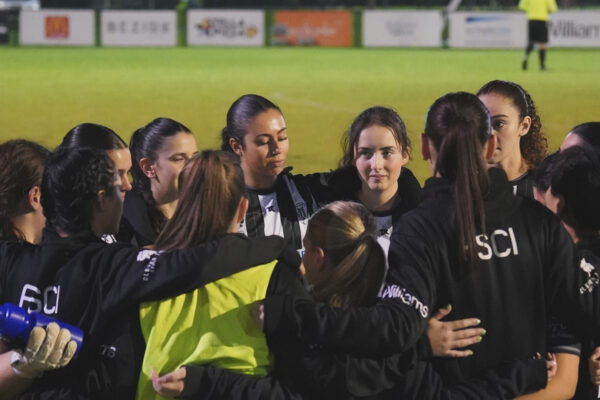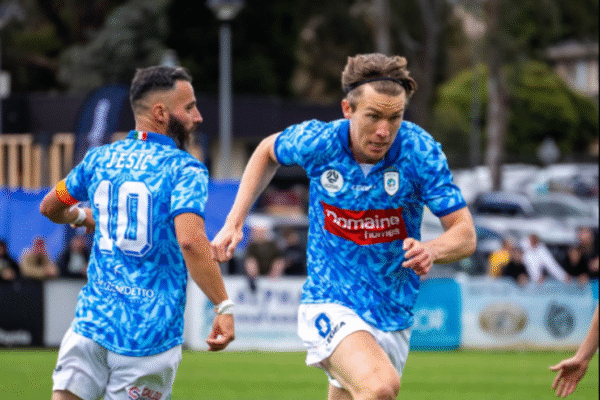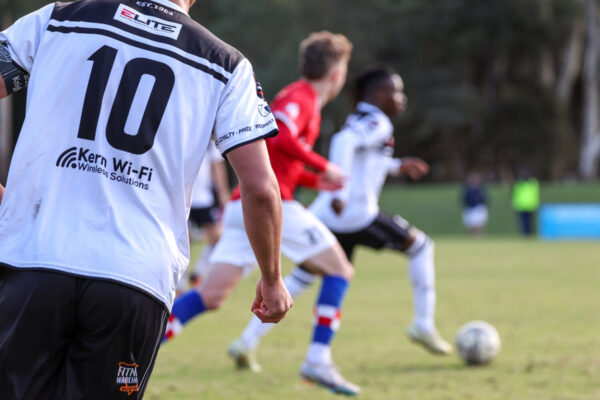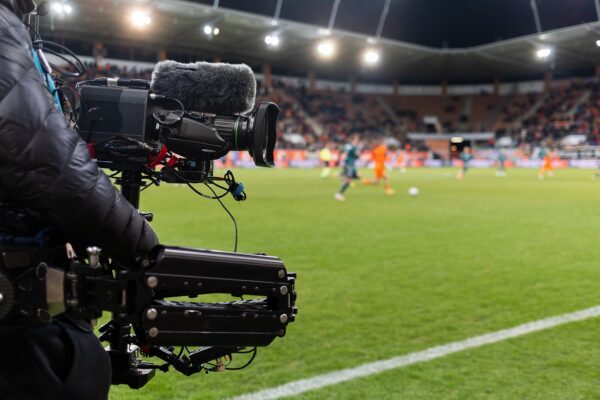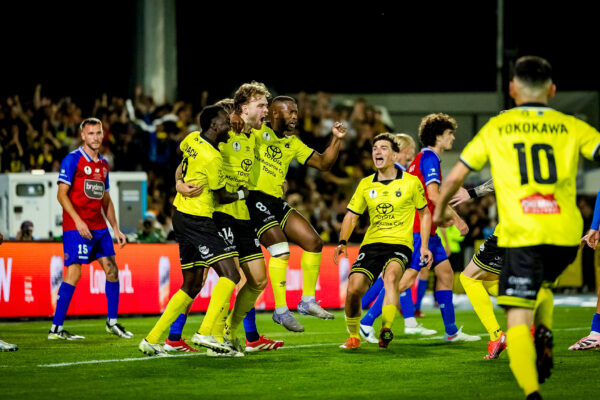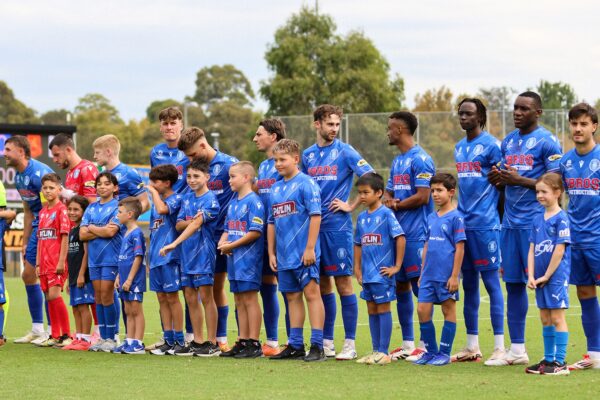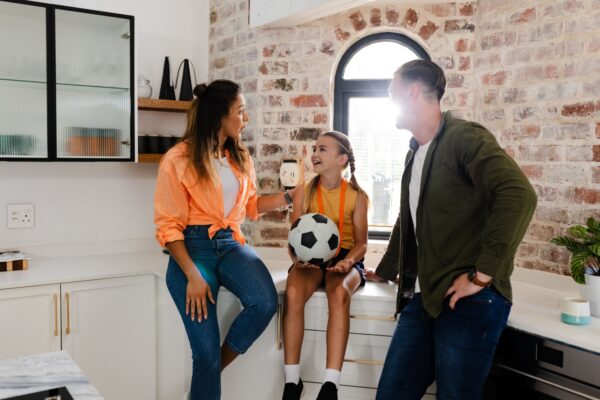
Football Victoria (FV) have announced its new NPL Victoria structures for the 2020 season.
The upcoming season will see the introduction of an NPL3 competition, which will alter the structures of the NPL men’s competitions.
FV CEO Peter Filopoulos claims the new structures would lead to the best teams playing each other week in, week out. He said it was a fairer setup than what was previously implemented.
“These new structures are the result of a lot of consultation, deep thought and a very thorough review of the many options available to us. The application process was also very extensive, and we were thrilled with the overall quality of the club applications we received,” Mr Filopoulos said.
NATIONAL PREMIER LEAGUE (NPL) VICTORIA MEN’S PREMIER COMPETITION
The top-tier NPL Victoria competition remains with 14 teams in the 2020 season. However, there will no longer be a promotion-relegation playoff match. Instead, the top two teams in NPL2 will be promoted to the first division whilst the bottom two teams in NPL Victoria will be relegated to NPL2.
In accordance with the 2019 NPL Rules of Competition, the promotion and relegation policy has been applied by FV. These are the positional changes that have now been made in the NPL1 men’s league.
| Promoted Clubs | Relegated Clubs to NPL 2 |
| Eastern Lions SC | Pascoe Vale FC |
| St. Albans Saints SC | Kingston City FC |
NATIONAL PREMIER LEAGUE (NPL) VICTORIA MEN’S 2 & 3 LEAGUE STRUCTURES
The NPL2 and NPL3 competitions will have 12 teams in each league in 2020. The top six on the ladder in NPL 2 (West) and NPL 2 (East), as well as the top two from Men’s State League 1 (North West) and Men’s State League 1 (South East), will form the new NPL3 competition.
| Promoted / Relegated / Current Clubs to NPL 2 from NPL 2 – West | Promoted / Relegated /Current Clubs to NPL 2 from NPL 2 – East |
| Moreland Zebras FC | FC Bulleen Lions |
| Werribee City FC | Northcote City FC |
| Moreland City FC | Langwarrin SC |
| North Geelong FC | Manningham United FC |
| Brunswick City SC | Goulburn Valley FC |
| Pascoe Vale FC (Relegated into NPL2) | Kingston City FC (Relegated into NPL2) |
| Promoted / Relegated Clubs to NPL 3 from NPL 2 – West | Promoted / Relegated Clubs to NPL 3 from NPL 2 – East |
| Geelong SC | Melbourne City FC |
| Whittlesea Ranges FC | Murray United FC |
| Melbourne Victory FC | Box Hill United SC |
| Ballarat City FC | Springvale White Eagles FC |
| Preston Lions FC (Promoted into NPL 3) | Nunawading City FC (Promoted into NPL 3) |
| North Sunshine Eagles SC (Promoted into NPL 3) | Doveton SC (Promoted into NPL 3) |
| Promoted Clubs to NPL 3 from MSL 1 – North West | Promoted Clubs to NPL 3 from MSL 1 – South East |
| Preston Lions FC | Nunawading City FC |
| North Sunshine SC | Doveton SC |
NATIONAL PREMIER LEAGUE VICTORIA (NPLW) WOMEN’S AND GIRLS’ LEAGUE STRUCTURES
After the completion of the NPLW licence audit process, Southern United FC and Galaxy United FC won’t participate in the NPLW senior women’s and Under 19 competition in 2020. Because of this, the NPLW Senior Women’s and Under 19 competitions will have eight teams in each league in 2020.
The junior girls’ structure remains the same. Further changes are expected after the 2020 season.
NATIONAL PREMIER LEAGUE VICTORIA (NPL) JUNIOR BOYS’ LEAGUE STRUCTURE
Following extensive reviews, the Junior Boys’ NPL has been separated from the Senior NPL for the purpose of promotion and relegation.
48 clubs will be involved in Victoria’s Junior Boys’ NPL competition in 2020.
These clubs will be involved in a pre-qualification phase in their geographical zones in early February.
In the 2020 season the Junior Boys’ NPL will comprise of only U13, U14, U15 and U16 teams.
Clubs in the zones below will compete in an 11 round pre-qualification phase in their specified regions. After the completion of this, clubs will be put in a three-tier competition.
JUNIOR BOYS’ NPL VICTORIA LEAGUE ALLOCATIONS & STRUCTURES
| JBNPL
Northern League |
JBNPL
Western League |
JBNPL
Southern League |
JBNPL
Eastern League |
| Brunswick City SC | Altona Magic SC | Bentleigh Greens SC | Ashburton United SC |
| Eltham Redbacks FC | Avondale FC | Berwick City SC | Box Hill United SC |
| Essendon Royals SC | Ballarat City FC | Dandenong City SC | Eastern Lions SC |
| Goulburn Valley Suns FC | Bendigo City FC | Dandenong Thunder FC | FC Bulleen Lions |
| Heidelberg United FC | Brimbank Stallions FC | Gippsland FC | Malvern City FC |
| Hume City FC | Caroline Springs George Cross FC | Glen Eira FC | Manningham United FC |
| Melbourne Victory FC | Geelong SC | Kingston City FC | Melbourne City FC |
| Moreland City FC | Green Gully SC | Langwarrin SC | Northcote City FC |
| Moreland Zebras FC | Melbourne Knights FC | Mornington SC | Nunawading City FC |
| Murray United FC | North Geelong Warriors FC | Oakleigh Cannons FC | Port Melbourne Sharks SC |
| Pascoe Vale FC | St Albans Saints SC | Peninsula Strikers FC | Ringwood City FC |
| Whittlesea Ranges FC | Werribee City FC | Springvale White Eagles FC | South Melbourne FC |



